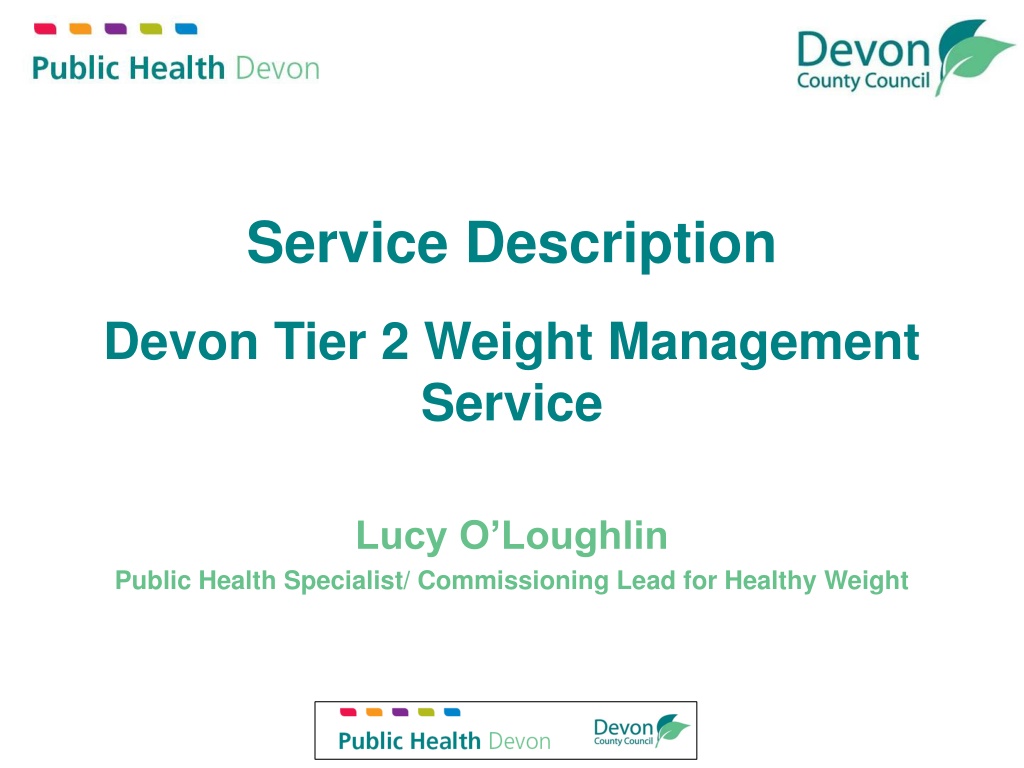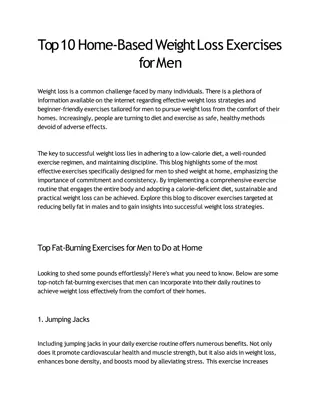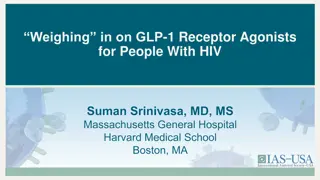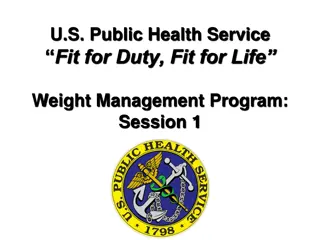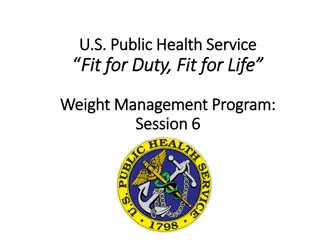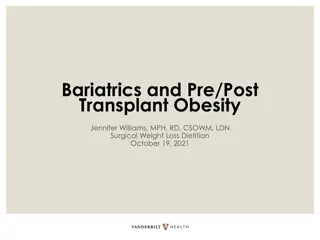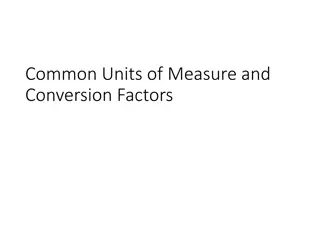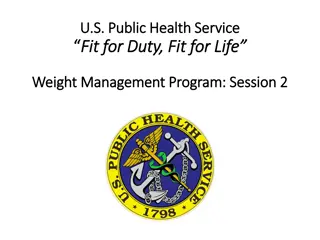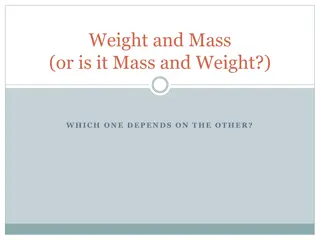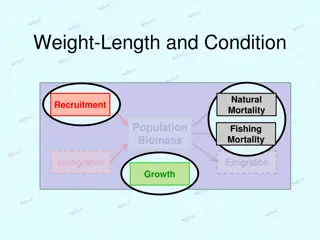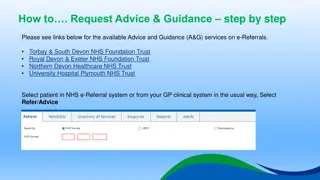Devon Tier 2 Weight Management Service Overview
Devon Tier 2 Weight Management Service led by Lucy O. Loughlin, a Public Health Specialist, focuses on healthy weight care pathways, gaps, and developing a new model for Devon's needs. Key elements of weight loss in adults, eligibility criteria for the community-based program, and understanding health needs in Devon are highlighted. The service aims to address the unique requirements of individuals with a BMI above 30 kg/m2, considering disparities in outcomes and preferences of those seeking support.
Download Presentation

Please find below an Image/Link to download the presentation.
The content on the website is provided AS IS for your information and personal use only. It may not be sold, licensed, or shared on other websites without obtaining consent from the author. Download presentation by click this link. If you encounter any issues during the download, it is possible that the publisher has removed the file from their server.
E N D
Presentation Transcript
Service Description Devon Tier 2 Weight Management Service Lucy O Loughlin Public Health Specialist/ Commissioning Lead for Healthy Weight
Overview Healthy Weight Care Pathway and gaps Developing a new model for Devon-needs and assets Service descriptions- Lots1-4 Healthy Lifestyle Hub Where are we now and next steps Questions
Weight Loss in Adults A moderate weight loss of 5-10% of body weight in obese individuals sustained for 12 months is associated with: reduction in blood pressure improved control of blood sugars reduced incidence of type 2 Diabetes a reduction in coronary heart disease risk factors Interventions with best evidence of success include the following elements: addresses both eating and physical activity well-established behaviour change techniques (specific goal setting, relapse prevention, self monitoring) encourages the development of social support in the planned changes includes a strong focus on maintenance. (Refs: SIGN 2010, NICE, 2006, Greaves et al, 2011)
Eligibility Criteria Tier 2 Community Based Weight Management BMI >30 50 (kg/m2) or adults from black, Asian and other minority ethnic groups >27.5 (kg/m2) with co-morbidities* BMI >35 50 (kg/m2) or adults from black, Asian and other minority ethnic groups and >32.5 (kg/m2) without co-morbidities Considered ready to change by Health Professional Aged 16 years or more No indication of current eating disorder * type 2 diabetes or previous gestational diabetes, uncontrolled hypertension, hyperlipidaemia uncorrected by maximum doses of statins, sleep apnoea, severe osteoarthritis
What Do We Know About The Health Needs? 158,053 people BMI 30 kg/m2 or above The population of Devon is mainly centred on the 28 Devon market and coastal towns and the City of Exeter- many people live in rural areas, experiencing access issues. Inequalities in distribution and outcome People arriving at tier 3 without structured support. People seeking support have different preferences
Understanding Different Needs Work commissioned by Dept Health , published March 2010. Maximising the Appeal of Weight Management Services Evident that one size does not fit all Need to take into account the motivators and barriers experienced by different user groups Frustration at the current services on offer unreflective of their needs Broad differences of appeal emerged across different socio- demographic groups: Male and female Older and younger More and less affluent Size (e.g. overweight very big) 9 population segments developed
What Do We Know About The Assets? A wide variety of organisations with skilled staff Existing trust and relationships Existing infrastructure of buildings and facilities located close to people s homes. Range of expertise- utilising peers, clinicians, subject specialists, volunteers. New ways to identify target group- e.g. Health Checks programme Acres of countryside, footpaths, coast and moorland.
A New Service Model for Devon Weight Management on Referral Service D Service A Healthy Lifestyle Hub Service C Service B
Weight Management Services 3 month, individually tailored package of support Free introductory session to ensure that client is satisfied with their choice Meet NICE (2006) guidance Offer practical, safe advice about physical activity and healthy eating Use evidence-based behavioural change techniques Provide on-going motivational support and follow up Aim for target weight loss of 5-10% body weight Aim for realistic pace 0.5-1.0 kg per week. Minimum 9 sessions in 12 weeks
Weight Management Service Lots Lot Description Clients Weight Management Weight management support (incl nutrition, behaviour change and physical activity advise/support) 1 ALL Weight Management- Clinical Weight management support (incl nutrition, behaviour change and physical activity advise/support) Overview by senior clinician (Band 6+). A range of clinical expertise available. Clinical risk-factor management advice. Link to client GP 2 ALL Weight Management and Practical Physical Activity Support Weight management support (incl nutrition, behaviour change and practical physical activity support options available a minimum of 3 x per week) Physical activity flexible enough to fit in with client s needs and availability. Low-mod risk 3
Physical Activity Services 3 month, individually tailored package of support Free intro session to ensure that client is satisfied with their choice Adhere to BHF Physical Activity and Health (2010) Exercise Referral Toolkit guidance. Aim to exceed CMO guideline of 150 mins of PA per week Use evidence-based behavioural change techniques Provide on-going motivational support and follow up Build links with other participants to develop confidence and social support Minimum of 3 opportunities for structured PA support per week
Physical Activity Services Lot Lot Description Clients Practical Physical Activity Support Practical physical activity support options available to the client a minimum of 3 x per week, flexible enough to fit in with client s needs and availability. Low-mod risk 4
Healthy Lifestyle Hub To be operated by Health Promotion Devon (HPD) Referrals to be received by HPD and patients contacted by phone (once referral info is complete). Staff trained in behavioural change techniques incl motivational interviewing. Share info with patient re opportunities available in their local area. (Some exclusions). Listen to patient preferences/needs. Guide patient to make choice and send/email info Liaise with providers re: initial visit, on-going attendance and progress. Reports due at 12 wks If patient satisfies criteria, GP/PN can refer for 2nd set of 12 weeks. Healthy Lifestyle Hub
Where Are We Now and What Next? Almost through procurement process - clarifications Expect differences in the offer across Devon Working closely with Hub to smooth transition, finalise communication pathways, ensure support for tier 1 ready. Planned start: Jan 2014 Still some areas to resolve- eg. referrals outside primary care Need to communicate to all potential referring clinicians- Use range of channels/media (suggestions gratefully received) Your help in this will be key- to spread the word! ALSO to Ensure patient is ready Need to try to help clinicians to manage patient expectations-tiers 1, 2 and 3 Enlist support of DART re- tier 3 re-directions
Next Steps Manage scheme, keep communicating with referrers, providers, hub and patients- learn what works and adjust. Commission independent evaluation- some merit in letting scheme bed down first. Researching maintenance programme utilising volunteers/champions. Scoping maternity. Market warming around children and young peoples services.
